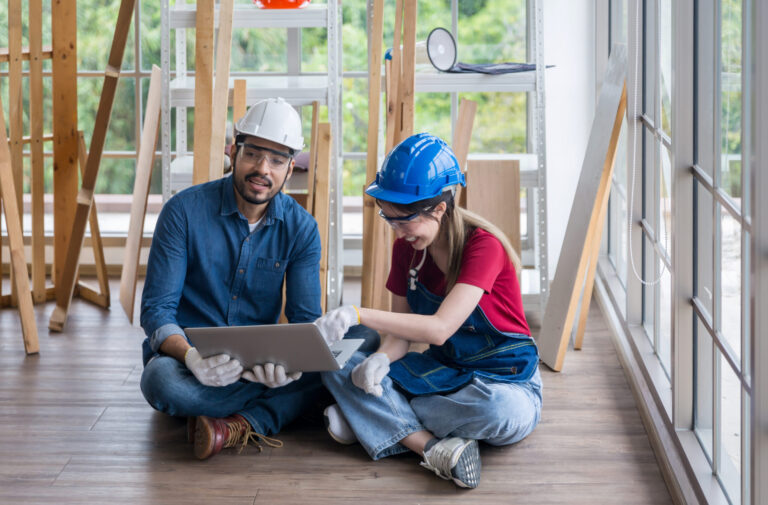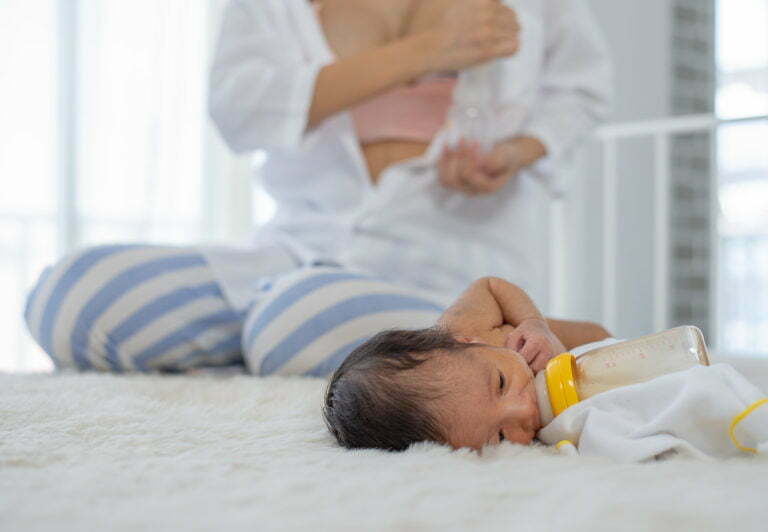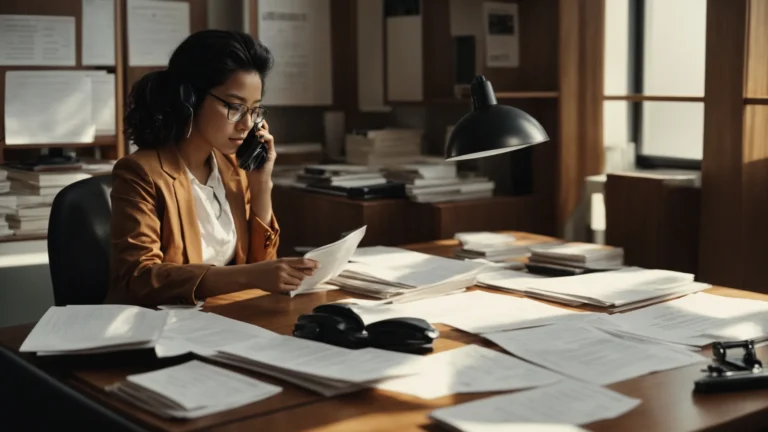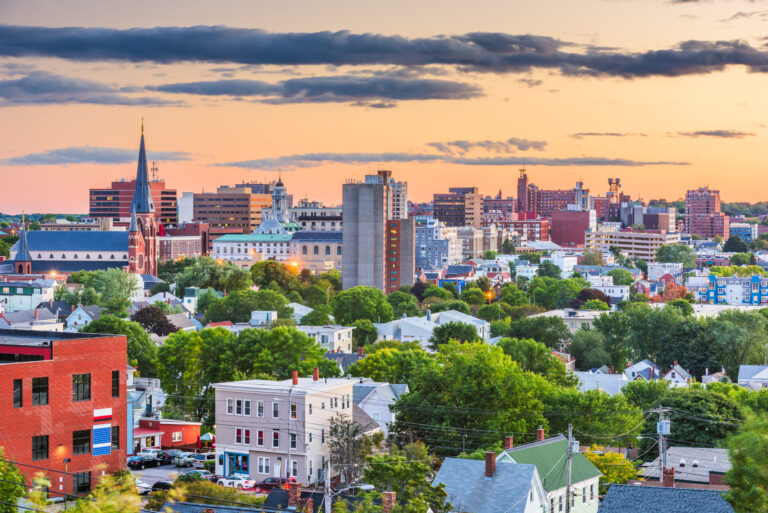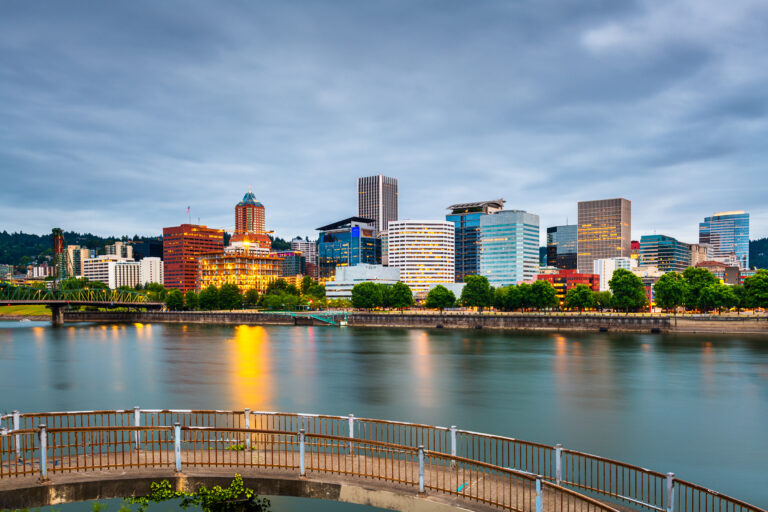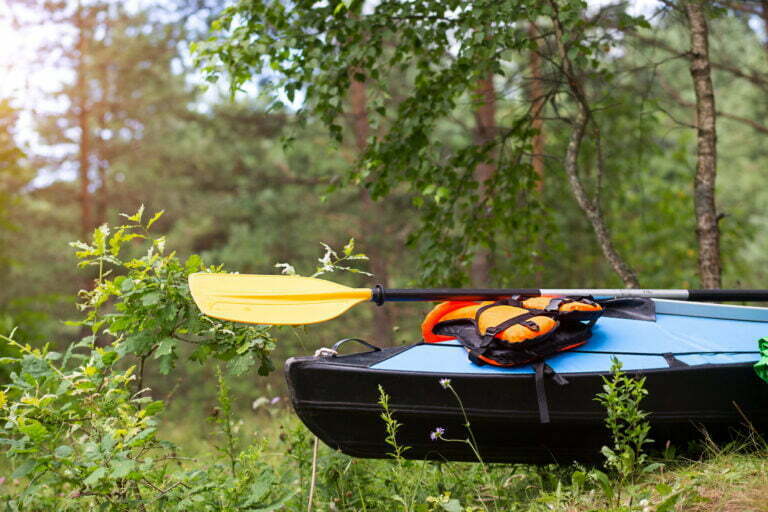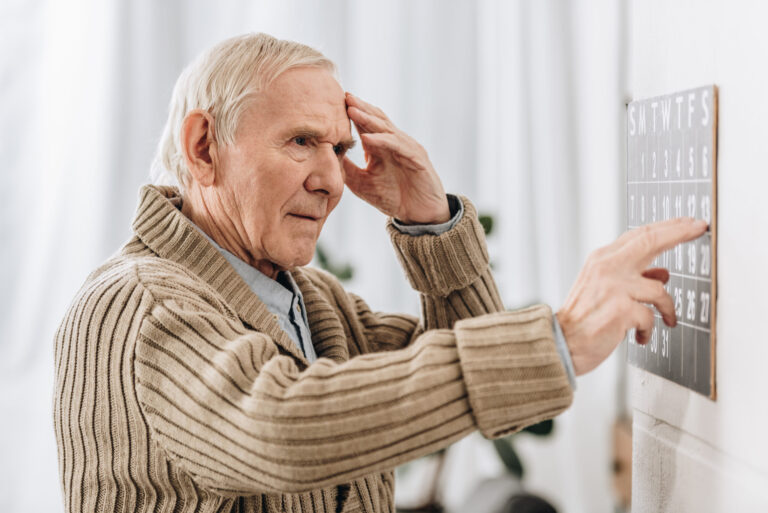Having an emergency preparedness strategy is important. If you are at risk of a flood, fire, storm, or other emergencies that might endanger your home, you should consider coming up with a plan in advance to mitigate any damage or injury that might occur. It is too late to plan once a disaster is underway, so if you are trying to come up with a good way to keep your family and property safe here are some ideas to consider.
Making a Plan
The most important part of any home is its occupants. If your home catches fire and everyone must evacuate, you should have an escape plan and a set meeting place for other members of the household to gather so you can make sure everyone is safe. That being said, it would also be prudent to buy a fire extinguisher or two and familiarize yourself with their usage. First-aid kits are useful to homeowners as well, but keep in mind that in the event of a serious emergency you should plan for the possibility of a more serious injury than one that you can handle with a first-aid kit on its own. Consider taking a class or two to get first-aid or CPR certified so that you know how to help people who might be in dangerous situations.
Valuables
Important documents and other valuables can be susceptible to fire or flooding. More delicate and expensive valuables like jewelry can be difficult to replace, but most precious metals will survive a typical house fire. Silver may warp in a particularly hot house fire, though, and diamonds can actually be set on fire since they are a form of carbon. With this in mind, if you need some tips for protecting jewelry, the first thing you can do is invest in a safebox appropriate for your needs. Long-term storage of jewelry in a cool and dry environment will keep its vulnerable elements out of harm’s way in addition to preventing them from tarnishing as badly as they might if they were exposed to open air.
Since heat rises, you should also keep your valuables close to the ground to reduce the likelihood that they will suffer significant heat damage. Less durable items like womens tops are not likely to be saved in this way, but even safes can be susceptible to damage in a hot enough fire and you should take this into account when deciding where to put it. If you find your belongings destroyed in a flood or fire, have a place to buy affordable clothes in mind ahead of time. The last thing you want when negotiating the loss of your home or figuring out plumbing and electricity costs is to think about where to buy sweatshirts. Make a list ahead of time of the basics: skirts, jackets, sweaters, blouses, hoodies, and whatever else you’ll need. Have extras at a friend’s home or a good idea of where to buy these important things.
Assessing the Damage
After a disaster, you will need to repair any damage your home has sustained to keep it safe enough to live in. One of the most important household repairs that you can start with is roof repair and structural damage, followed by important repairs to basic elements like plumbing in the bathroom or water heater, hardwood floors, and electricity. If you suspect major damage to your water pipes, you should also take a close look at your septic system to make sure it is working well enough that you aren’t going to get an unexpected surprise later on if it leaks. A small leak now can end up with costly repairs down the line if you don’t invest in regular maintenance.
If a disaster does strike, the most important thing you can do is to stay calm. Whether or not you have a plan in place beforehand, if you find yourself in imminent danger the worst thing you can do is nothing. Putting a plan together is far different from simply making it, so be sure to do your due diligence by conducting drills that involve everyone in your household periodically to ensure that no one forgets the plan in the heat of the moment. A disaster ideally shouldn’t happen, so if you never need to put your disaster preparedness plan into action you should count yourself lucky.





